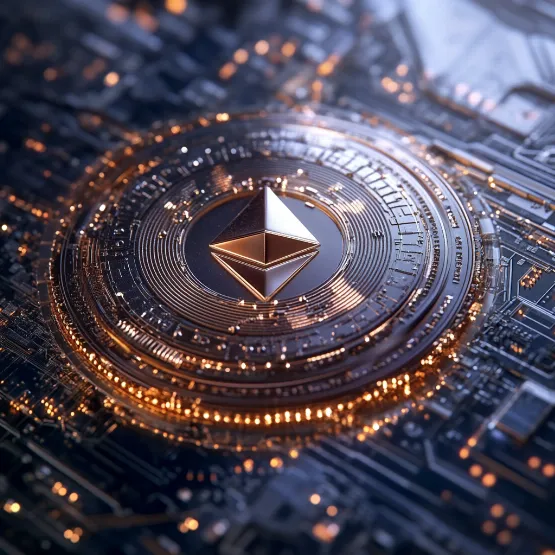- Reasons Behind the L1 Revenue Decline
- Risks on the Long-Term Security Model
- Conclusions and Future Prospects
Ethereum’s revenue experienced a significant decline post-Dencun upgrade. According to Galaxy Research, Ethereum’s Layer 1 (L1) protocol revenues dropped to nearly zero following this upgrade. This situation was noted as a significant development in Ethereum’s scaling strategy.
Reasons Behind the L1 Revenue Decline
Galaxy Research indicated that the decline in Ethereum’s L1 revenues is due to several factors. In this context, the dominance of L2 solutions like zk-rollups, Arbitrum, and Optimism plays a significant role. These L2 solutions process transfers off-chain and perform settlement and aggregation operations on Ethereum’s L1. Before the Dencun upgrade, Ethereum L1 still generated revenue from transfer fees related to these settlements. However, following the Dencun upgrade, L2 solutions began to show more efficiency in interacting with L1. This development minimizes costly L1 interactions. The Dencun upgrade optimized communication around rollup costs and data availability. In this context, L2 solutions currently consume much less than the fees paid to Ethereum’s L1 protocol.
Risks on the Long-Term Security Model
While this change facilitates lower transfer fees, it significantly reduces the direct revenue Ethereum L1 earns from L2-based operations. The nearly zero L2 revenue indicates the increasing dominance of L2 solutions. These scaling solutions handle a large portion of Ethereum’s transaction volume, effectively outsourcing most of the activity on the main network. One of the primary concerns brought by this change is the sustainability of Ethereum’s layer-1 security model. According to Galaxy Research, Ethereum relies on transfer fees to reward validators and maintain security. With L2s carrying the additional transfer load, the long-term sustainability of the security model could be at risk if alternative revenue sources or incentives are not found. On the other hand, the reduction in transaction costs due to the Dencun upgrade can be seen as a positive development for users. However, the impact of this development on Ethereum’s economic model should be closely monitored.
Conclusions and Future Prospects
The Ethereum community and developers should consider developing new strategies to balance this situation. If alternative revenue sources and incentive mechanisms are not created, the network’s security and sustainability could be jeopardized. For the future growth and security of Ethereum, it is important to carefully evaluate such developments and take necessary precautions. This is a critical step to ensure a balanced ecosystem for both users and validators.
To ensure sustainable growth and security of the Ethereum network, it is crucial to develop new strategies to compensate for the decline in L1 revenues. Careful monitoring and appropriate measures will help to maintain a balanced ecosystem for all participants.






Comments